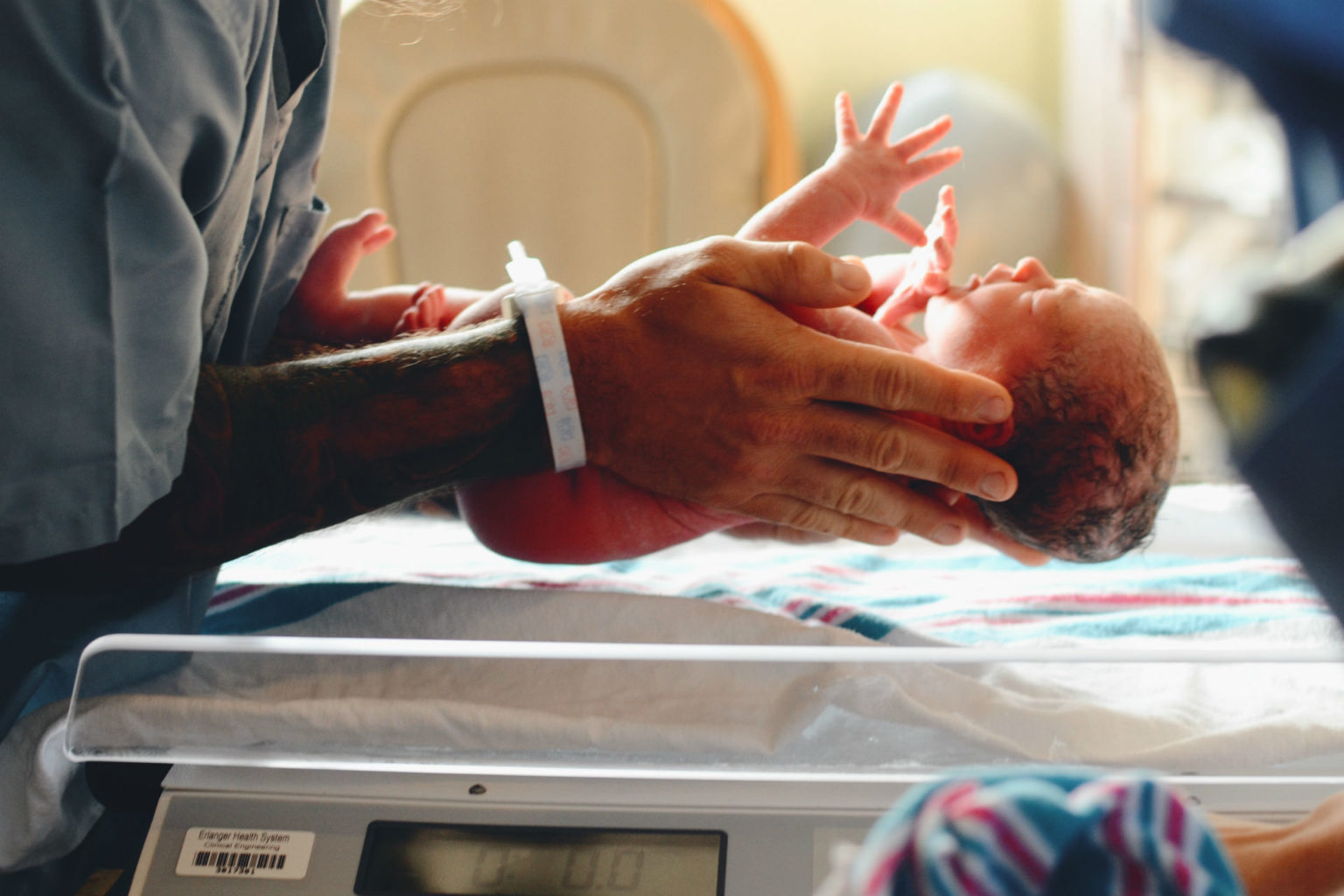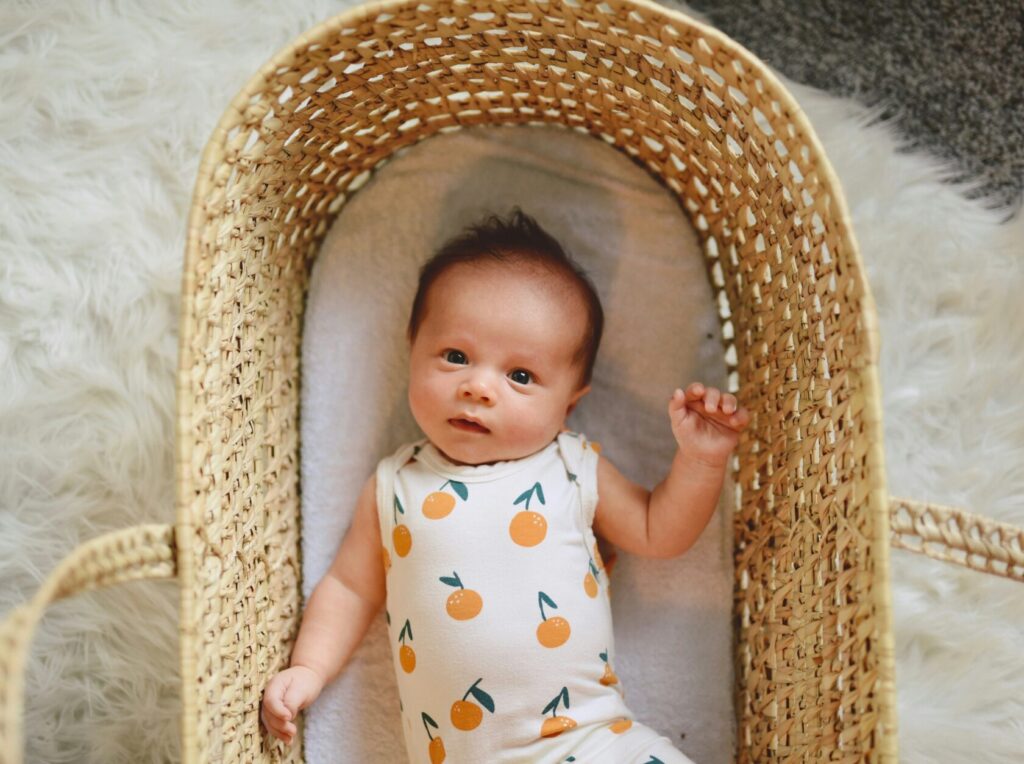You've waited nine months for your newborn and you don't know what to expect. Ease your fears by reading how your newborn will develop.
Weight
Most newborns lose about one-tenth of their birth weight in the first week and reach their birth weight again by the second week. After that, your baby's weight will increase quickly.
Length
Boys tend to be a little heavier and longer than girls and they grow a little faster.
Head
Your baby has a diamond-shaped soft spot in the middle of the skull and a little toward the front. (The skull bones will not fuse in that spot until about 6 to 10 months.) If the baby was born vaginally, the skull may look misshapen at birth, but soon will have a normal shape. Any bruising of the scalp or swelling of the eyelids that happened during the birth will disappear.
Body and legs
The position of your baby in the womb was curled. The legs may appear bowed, but gradually will straighten in the next few months.
Your child's development
Even when children are newborn, their personality shines through: some are easy to soothe and some tend to cry. There are newborns who soon fall into a regular schedule of feeding and sleeping, but most take a longer time.
Learn to ‘read' and enjoy your newborn's personality and adjust to it—just as your newborn tries to adjust to you.
Your baby can see and is attracted to bright colours and patterns. Babies can hear and are interested in high-pitched sounds, but also soft voices. They are sensitive to smells, such as milk, and they like sweet tastes. Read more about your child's early brain development.
Movement
Newborns can move their arms and kick their legs—especially when they cry. If they lie on their belly, they instinctively turn their head to the side so they can breath. If you put your finger in your baby's hand, the baby will grasp the finger tight, but doesn't know it is doing it.
Newborns do not move at will, but have reflex movements. Find out how soon your child will crawl by reading about your baby's motor skills development.
Language
Newborns can smile when they have been fed and feel comfortable. They can make soft sounds, too—and of course they cry when they are hungry, cold, wet or experience some other discomfort in their body.
Watch your newborn. You will learn to understand your child's signals, which are the start of communication.
Originally published in 2007 from The Canadian Baby & Child Care Encyclopedia.


















